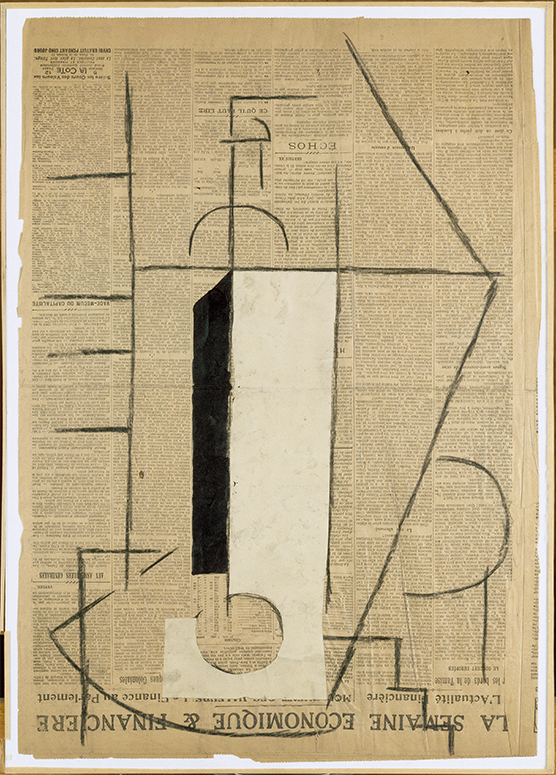Conclusion
The suggested path for reading the work has enabled us to bring out the figure of a bottle through four narrative discourses:
- The discourse of provocation (passional dimension);
- The discourse of the search for meaning (cognitive dimension);
- The discourse of the making of a bottle (pragmatic dimension);
- The discourse of a perceptive capture (saisie) of a bottle.
These four narrative discourses are not superimposed on the work; the work itself is what generates its own instructions for being read. The semiotic approach is therefore by no means the psychological approach of a lived experience, much though it may be able to account for it. It is the explicit statement of a structure that is inherent to the work.
Semiotics can, therefore, propose and justify new readings. It can also spur new research among historians–in this case, on the examples of didactic images within Picasso's life, their presence and their use in his works. Or even return to the notion of "impersonal" or "anonymous" art in relation to the didactic register. Semiotics also questions artists about the permanence of tradition–in this piece, about the classic rules of composition applied to an avant-garde work.
Accordingly, semiotics, following the example of art history, revitalizes Picassian research and in turn questions its own theoretical and methodological models.
Grégory Carteaux,
Graduate from the Ecole du Louvre, doctoral candidate in semiotics (Université Paris 8)





 Summary
Summary